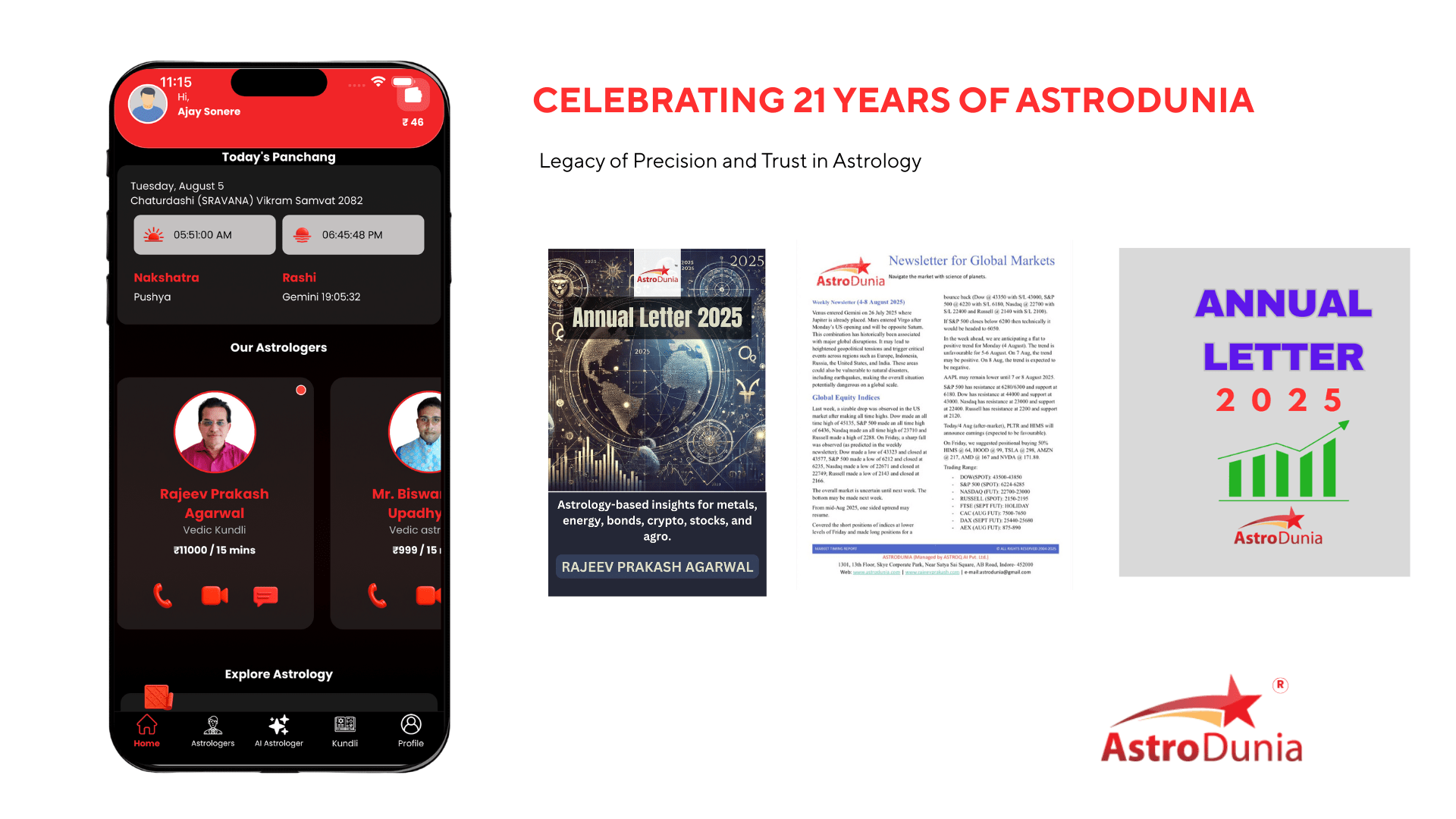Your cart is currently empty!
Swing trading strategies explained

Markets are like oceans, with waves of varying sizes and strengths. While long-term investors focus on the overall tide, swing traders are skilled surfers, catching the smaller but more frequent waves for quick gains.
What is Swing Trading?
A swing trading strategy is a trading strategy that aims to profit from price fluctuations over a few days or weeks. Unlike day traders who hold positions for minutes or hours, swing traders hold them for a longer period, allowing for more substantial price movements.
Key Elements of Swing Trading:
- Direction: Deciding whether to go long (buy) or short (sell) based on market analysis.
- Entry Point: Identifying the optimal price to enter a trade.
- Profit Target: Determining the price at which to sell for a profit.
- Stop Loss: Setting a price level to exit the trade to limit potential losses.
Technical Analysis: This is the bread and butter of swing trading strategies. Traders use charts, patterns, and indicators to predict price movements. Common techniques include:
- Support and Resistance Levels: These are price levels where the market has historically shown difficulty in moving beyond.
- Trend Lines: These connect a series of price lows or highs to identify the overall direction of the market.
- Moving Averages: These smooth out price data to identify trends and potential reversals.
Swing Trading vs. Day Trading and Position Trading
- Swing Trading vs. Day Trading: While both focus on short-term profits, swing traders hold positions for days or weeks, while day traders close them within the same day.
- Swing Trading vs. Position Trading: Position traders hold investments for months or even years, focusing on long-term trends. Swing traders aim for quicker returns by capitalizing on shorter-term price swings.
Advantages of Swing Trading
- Potential for Higher Returns: By focusing on short-term price movements, swing traders can generate profits more frequently than long-term investors.
- Flexibility: Swing traders can adapt to changing market conditions more quickly than long-term investors.
- Leverage: Some traders use margins to increase their potential profits, but this also amplifies risks.
Risks of Swing Trading
- Increased Transaction Costs: Frequent trading can lead to higher brokerage fees.
- Market Volatility: Short-term price movements can be unpredictable, leading to potential losses.
- Time Commitment: Swing trading requires active monitoring of the market.
Is Swing Trading Right for You?
Swing trading strategies are not for everyone. It requires a good understanding of technical analysis, risk management skills, and the ability to handle market volatility. If you’re a patient investor with a long-term horizon, swing trading might not be the best fit. However, if you’re comfortable with short-term risks and have the time to actively manage your trades, swing trading could be an exciting opportunity.
Remember: Past performance is not indicative of future results. Always do your own research and consider consulting with a financial advisor before making any investment decisions.

Mr. Rajeev Prakash
Rajeev is a well-known astrologer based in central India who has a deep understanding of both personal and mundane astrology. His team has been closely monitoring the movements of various global financial markets, including equities, precious metals, currency pairs, yields, and treasury bonds.

